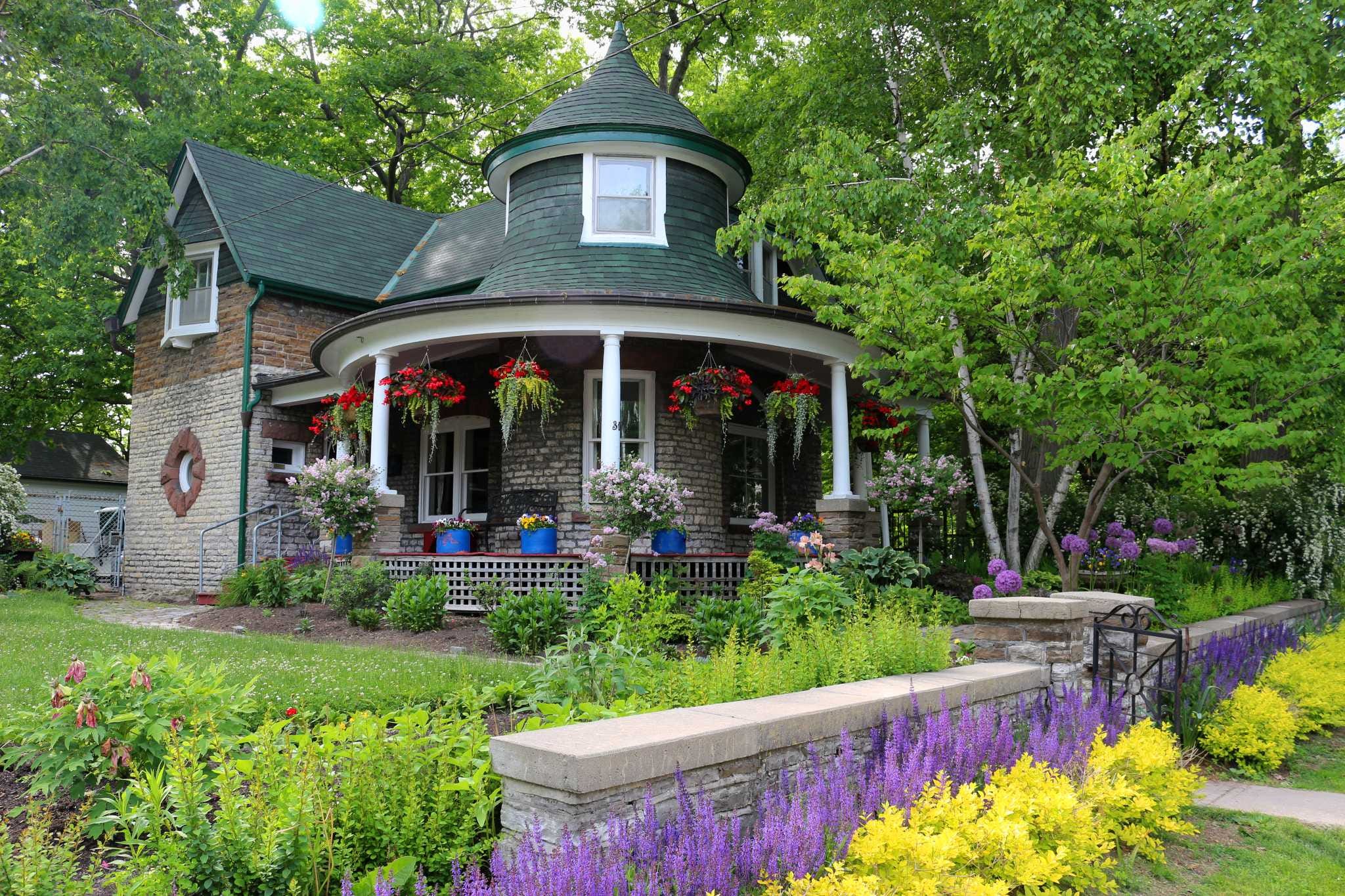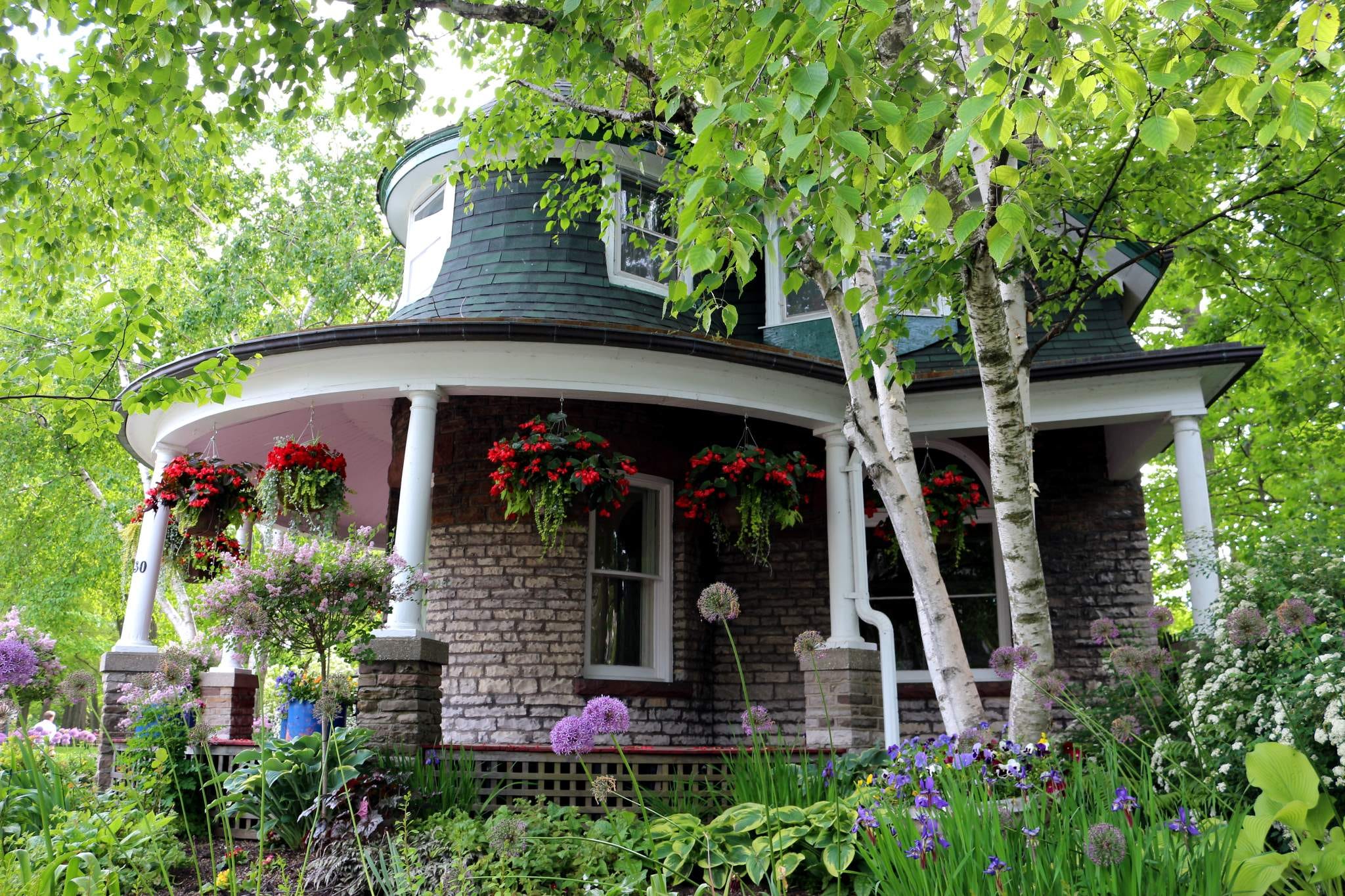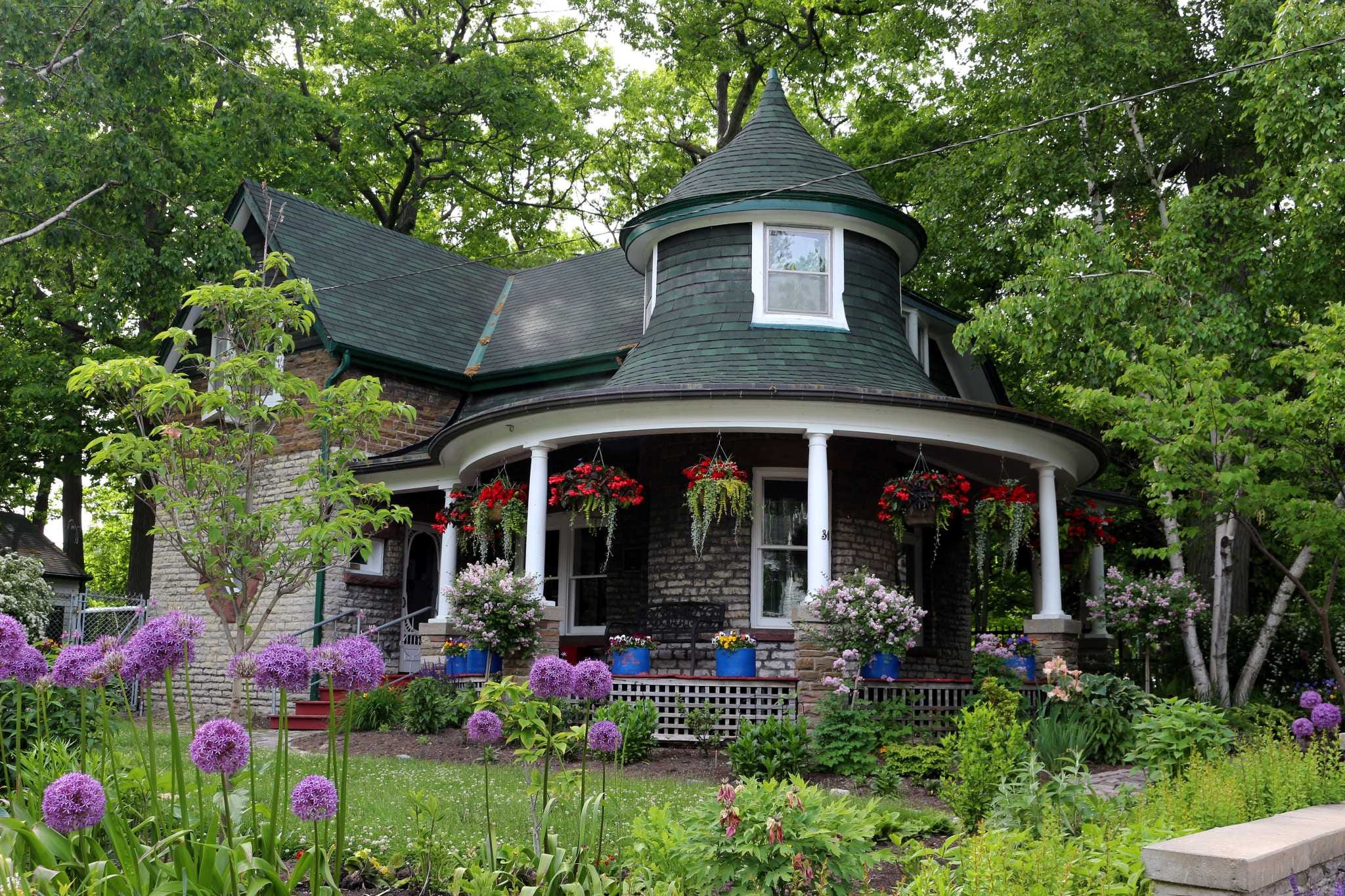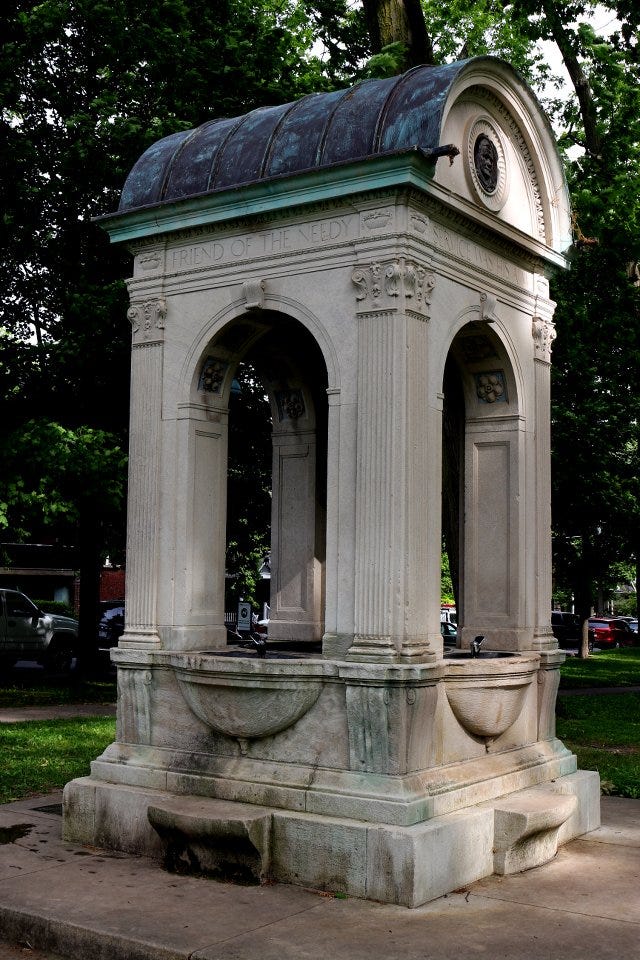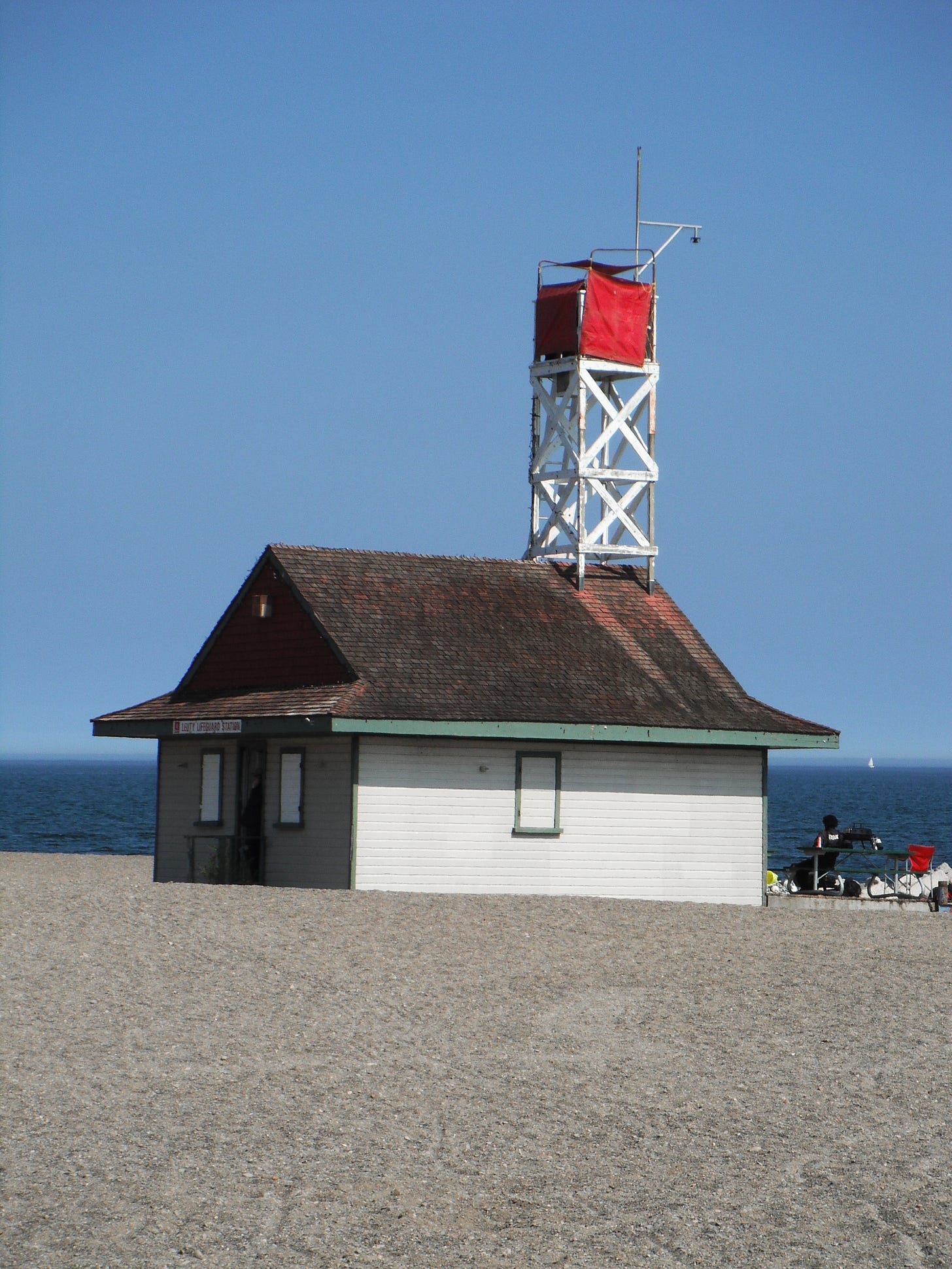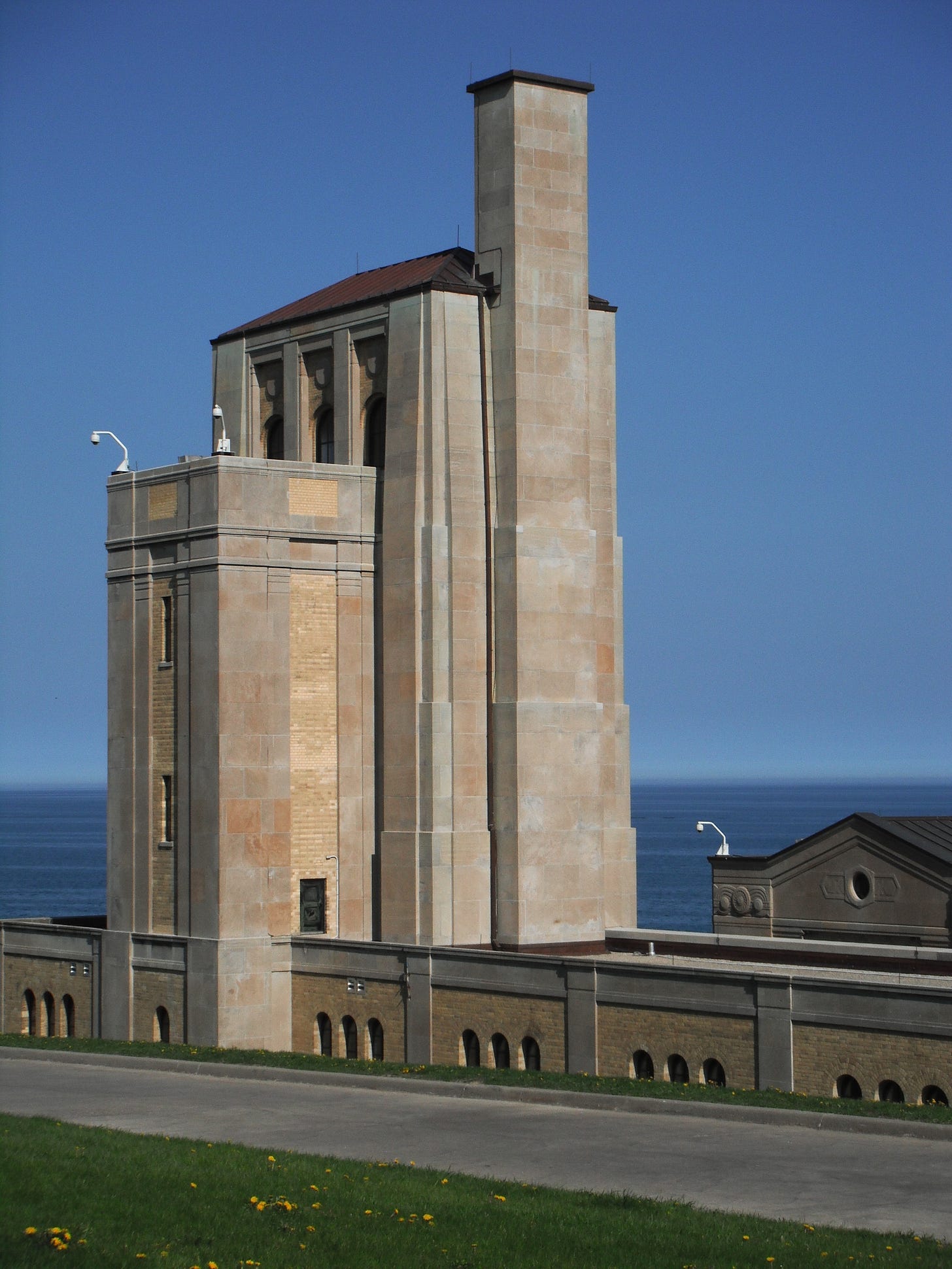Kew the applause
I have a feeling that some of my Australian friends will be able to relate to this curiosity - and my European pals may well chuckle. America is famously founded upon the repudiation of a colonial relationship. But one of the funny things about living in a place without such a hard break, is the lingering open sentimentality for 'the old country' and the profusion of optimistic transplantings.
Kew Gardens in SW London is one of the great botanical gardens of the world - an achievement of international stature that has stood since 1840, and now boasts samples of 95% of the known vascular plant genera, and 60% of the fungal genera (both ratios unmatched).
But when I hear the name Kew - I will forever think of Kew beach - which was the super-fun thing that was worth the trouble for a west end kid to take the long streetcar ride through the very sketchy east end by the lake, to finally get to.
Proceeding east from Yonge (the spine of Toronto) after a long stretch that was for decades a mix of slums, industry, depressed housing, businesses and racetrack culture - 'the beaches' neighbourhood is suddenly much cleaner, prettier, more colourful and laid back (and of course, even back then, incalculably more expensive for residents and businesses both).
No surprise, really. In Leslieville - much of the lakefront is fenced-off or framed with concrete, smokestacks and soil containing such a layered mix of historical industrial contaminants you wouldn't want to touch it, let alone plant a garden.
But in 'the beaches' the lakefront is a very popular beach - complete with a beloved antique life-guard station that has become such a common subject for local watercolourists, as to almost be obligatory.
But here's something most of us don't ever think about - this sudden stretch of unbroken lakefront beauty isn't here for us by accident.
John Williams was born near the site of the original Kew Gardens in England, and came to what was then Upper Canada in the late 1840s (when the gardens back home would still have been brand-new and exciting) as a soldier in the British army.
He managed to buy up a whole bunch (8.4 hectares) of cheap land on the edge of town, much of which was marshy and considered uneconomical to develop. His dream was to build a place like Kew Gardens, where families could come and enjoy themselves in beautiful relaxed surroundings.
John, his wife Jane, and in time their kids also, built up hiking trails, gardens, facilities for swimming and boating, a lawn-bowling green, tennis courts and baseball diamond (which are all still active to this day) and a big clubhouse and guest cottages, which have long since been demolished (though the shell of the old boathouse survives, as a shelter for picnics and family gatherings, just in case it rains).
That shell, those leafy sports facilities and one single structure are all that were retained, when the city bought up the property to create a public park in 1907. Mind you, if you had to save just one structure - this was definitely the one. I am often irritated by the license that sloppy biographers take, when writing about people - failures of empathy and intelligence, and too convenient leaps, for which there is no actual evidence (cute as it would be if there were).
But in the case of John Williams, we don't have to wonder whether he really was nuts for Kew Gardens or not. Not only did he name his park "The Canadian Kew Gardens" - he also named his youngest son Kew!
It was Kew who built this house, in 'Queen Anne Revival' style, for his wife Bertha. He and his brothers gathered the stone from the lakeshore around Prince Edward county, and ran it back here by schooner - ultra-natural building materials!
The house was used, right up until 2002, as the residence for the head gardner - and one of the earliest in that lucky job for the city was Robert Hornell, who had previously worked as a coachman for Sir Henry Pellat (who built the fabulous Casa Loma castle, a later, grander romantic gesture). Which means this fellow lived in two of the nicest buildings in the entire city - doing hard honest work with his hands, the whole time! Cool deal.
It is now used for community events, gallery shows and of course historical tours.
Dr. William D. Young - my new hero
The park just up from the cottage, retains the name Kew Gardens - and contains this lovely memorial to another local of note - Dr. William D Young - who, long before universal health-care, dedicated himself to treating the children of the poor, for free. He ultimately died of influenza, penniless, while tending to the sick during an epidemic in 1918 - forty-three years old.
I was moved by the memorial right away - "Friend of the needy - service was his aim" - hard to think of anything better that one could hope to have said, isn't it? Certainly felt like a meditation worth incorporating.
The park itself is lovely - first rate performance gazebo - they even had a crafts market set up when we were there, jolly tents and earnest skillful artisans. I also rather liked this other reference I came across about the park - last year, a right-wing group discussed holding an anti-immigrant rally there. So many people planned a counter protest, that the original racist rally never happened at all - only the anti-racist one - which turned into a party. Nice!
The Leuty lifeguard station
As a kid - it was always Kew Beach we were headed to - framed with the lovely long boardwalk, parks, public pool (in case the lake was too stinky) and gardens. There was always a good spot for a picnic - a bicycle-cart popcorn vendor and ice-cream truck, friendly live music in a shady park spot (even now we are always treated to a recital from an unusually articulate drumming-circle).
Great day, every time. Still is, and free.
Worth thinking about how ugly some parts of the waterfront still are, the next time we're enjoying this swathe of lovely and recreational lakeside. Had Williams and his family not created one of Toronto's earliest family attractions here, this too might well have been swallowed up by factories and lost.
Rolph C Harris - industrial, Art Deco, Florentine skateboard racetrack nonpareil!
So the next time you're loving the Leuty (original surviving lighthouse station) or even hailing the Harris (brilliant industrial-deco masterpiece, and all time best smooth-switchback skateboard racetrack) consider taking just a moment to thank Kew!
Some willfulness really does work.
¯\_(ツ)_/¯

